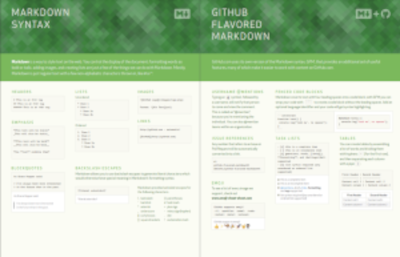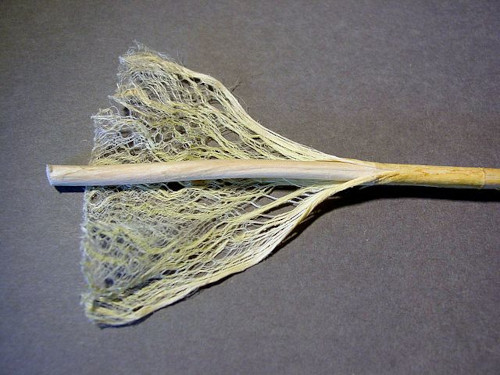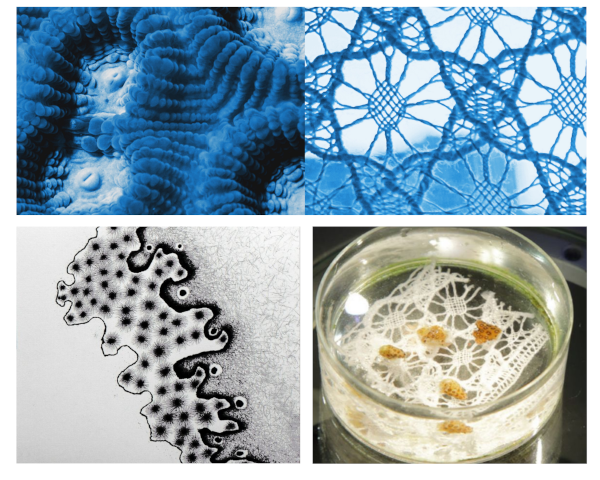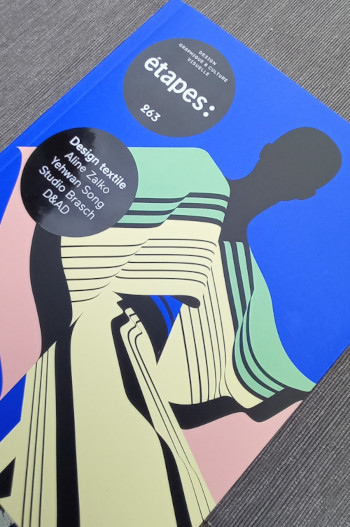1.State of the art, project management and documentation¶
First week attempted, that's OK, I'm still alive
To make this 1st week assignment, I'll show you how I built my home page with Gitlab, and my researches about my state of Art so far...
We came across 2 major topics to work on:
- Learn to work with Gitlab and Markdown (which allows you to personnalise the structure and visual design): not so easy, but I'm don't feel so afraid about it. It is just taking me too much time, and I have to learn to organize better... "Boulette de la semaine" : I created a "fork" in Gitlab, which is a sort of clone of my page...Thank you Diane and Julian for your help
- Think about the contents : how do I present myself, speak about my background and my work, and begin to document about the final project or at least your inspirations. This is clearly the hardest part for me, I'm not so used to this exercise, and prefer hide me in a cave 😅. So the first job for me is to kick down my shyness !
GITLAB¶
For this first week, we had our first tutorials about how to use GitLab, the interface hosting your Web page, Nueval, about how we will be evaluate, and Visual Documentation, to guide us in how documenting our web page .
I found it hard, at the beginning, to understand the structure on Gitlab :

 Basics to remeber when you begin on GitLab :
Basics to remeber when you begin on GitLab :
↬ to go on my Web Page, I click on WEB IDE
↬ after each modification, you can preview the page
↬ once you're ok with your modifications, press on COMMIT to the main branch
↬ to modify the syntax:

Research¶
First statement : Urgency and many many hopefullness
All the rapports are unanimous and very clear : things have to change. We are all aware of the ecological and social disaster created by the fasion Industry. Lots of artists, independants creators, engineers and researchers gather their strength and skills to build a new textile industry, that, we can feel it, is booming frenetically !
Becoming a sewer has transformed my vision of Fashion, and I began to interest me about our relationship to clothes, about fast fashion, the price of a garment, the social and environnmental disaster this industry was creating, making each of us a partner in this crime. We went to far, and things have to change, by all means. So, what are the biais to explore ? Many !!
Here are some of the topics or projects I came across those last days, and some others I'm exploring for a while now...
Hemp¶
And Old material that has been completely forgotten after the 2nd World War

What WIKIPEDIA says about it :
Gathered hemp fiber was used to make cloth long before agriculture, nine to fifty thousand years ago. It may also be one of the >earliest plants to have been cultivated. Hemp, or industrial hemp, is a botanical class of Cannabis sativa cultivars grown specifically for industrial or medicinal use. It >can be used to make a wide range of products. Along with bamboo, hemp is among the fastest growing plants on Earth. It was also >one of the first plants to be spun into usable fiber 50,000 years ago. It can be refined into a variety of commercial items, >including paper, rope, textiles, clothing, biodegradable plastics, paint, insulation, biofuel, food, and animal feed.
Some of the reasons why this plant is faboulous:
Environmently friendly to produce, and has been called a carbon negative raw material : It produces more fiber than cotton for a same area and with roughly no water needs.
1kg of cotton = 20 000 liters of water 1 kg of hemp = 300 to 500 liters of water
Antibacterial and antifungal properties, which guaranties hypoallergenic qualities and bio cultivating allowances.
High resistance property: hemp was mainly used to produce ropes and sails.
Thermo-regulated fiber, like silk or wool, it absorbs moisture, keeps you warm in winter and fresh when it's hot.
What about its fabricating process ?
New experimentations are being made to soften hemp fabric, using a natural process. The aim is to extract lignin thanks to mushrooms that absorb lignin and clean the fiber.
Zero Waste Design Process¶
Save instead Waste exploring new Design Processes : Zero Waste and Tailor-Made, new technologies, recycling
The ZERO WASTE DESIGN Process is an extraordinary way of making clothes without creating waste. Every inch of fabric is useful to make your garment, and to me, it is a quite revolutionnal process that breaks the codes of traditionnal pattern making. Many designers are now creating collections using this process.
I often take part to discussions and workshops organised by the collectif ZWDO, which has been created a few years ago by 4 women, wellknown in this field : Holly Mc Quillian, Cassandra Bellanger, Mylène L'Orguilloux and Danielle Elsener. Their project is still growing, and has allows me to learn a lot about this process of making.
Another name I discovered these days, Zero Waste Daniel :
Transdisciplinary¶
Those artists inspire me because their projects melt innovation in several fields to go further and find solutions to actual problems, and build a new future.
For example, Jérémy GOBE, and his Corail ARTEFACT project, tries to save and rebuild corals with traditionnal dentelle

Roya AGHIGHI "Biogarmentry" :
Project biogarmentry is designed to address the drastic increase to the environmental impact of textile waste and air pollution. >The project employs the fields of synthetic biology and design as a way to open up possibilities for the future of fashion. >biogarmentry also explores what place design should have in our relationship to living things.
Rachel McCURDY, Algae Bio plastic Raincoat, a Carbon Negative Garment

Recent discoveries¶
- I came across very famous textile artists who I didn't know on this Website, like Faig AHMED, or Rebecca MEDEL
Readings¶

Useful links¶
- ADEME report
- re-fashion
- innovation
- Hemp
- Magazine-Etapes-263
- Danielle Elsener
- Make a zero waste patter- Liz Haywood
Video¶
From Youtube¶
Holly Mc Quillian
Cassandra Bellanger, Making clothes without making waste